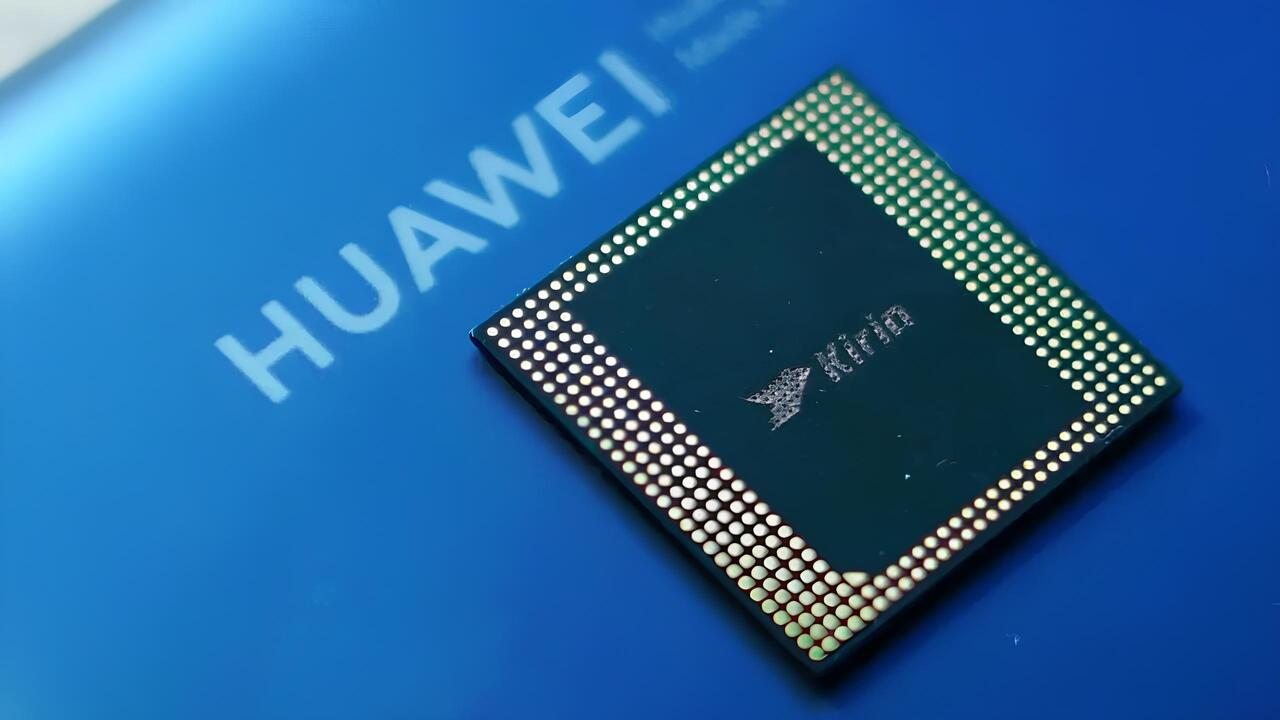Huawei introduced its new flagship Pura 80 series last week. However, the processor used in the phones did not meet expectations. The series used the 7nm Kirin 9020 chipset, which was previously included in the Mate 70 models.
Huawei decided to postpone the 5nm processor series
Recent news that Chinese manufacturer SMIC was developing 5nm production technology had increased expectations that Huawei would transition to this level. However, current information shows that Huawei will not use the 5nm processor in any of its devices in 2025.

According to sources close to Huawei, certain progress has been made in the development process of 5nm Kirin chips. However, SMIC’s production infrastructure is not yet sufficient for mass production. Although 5nm production is technically possible with the DUV (Deep Ultraviolet Lithography) equipment used by the company, this can only be achieved with a multiple patterning method called “multi-patterning”.
This method means more masks, more production steps, and therefore higher error rates. This brings with it problems such as low efficiency and high costs. At this stage, large-scale production of these chips is not commercially viable for Huawei.
On the other hand, the US’s technology restrictions on China make the process even more difficult. The sale of EUV (Extreme Ultraviolet) lithography machines developed by Dutch ASML has been blocked to China. These machines play a critical role in modern 5nm and below production technologies. SMIC only has DUV systems, which limits its production capabilities.
In order to fill this gap on the Chinese side, domestic EUV lithography machine development efforts continue. According to plans, these machines are expected to start trial production in the third quarter of 2025. If this process is successful, external dependency will be significantly reduced for Huawei and SMIC, and the transition to more advanced production technologies will become possible.
In addition to the hardware side, obstacles in the software field are also noteworthy. The US has imposed restrictions not only on hardware exports but also on the sale of EDA (Electronic Design Automation) software to China.
In light of all these factors, Huawei’s launch of its 5nm processors seems possible in 2026 at the earliest. So what do you think about this? You can share your views with us in the comments section below.













